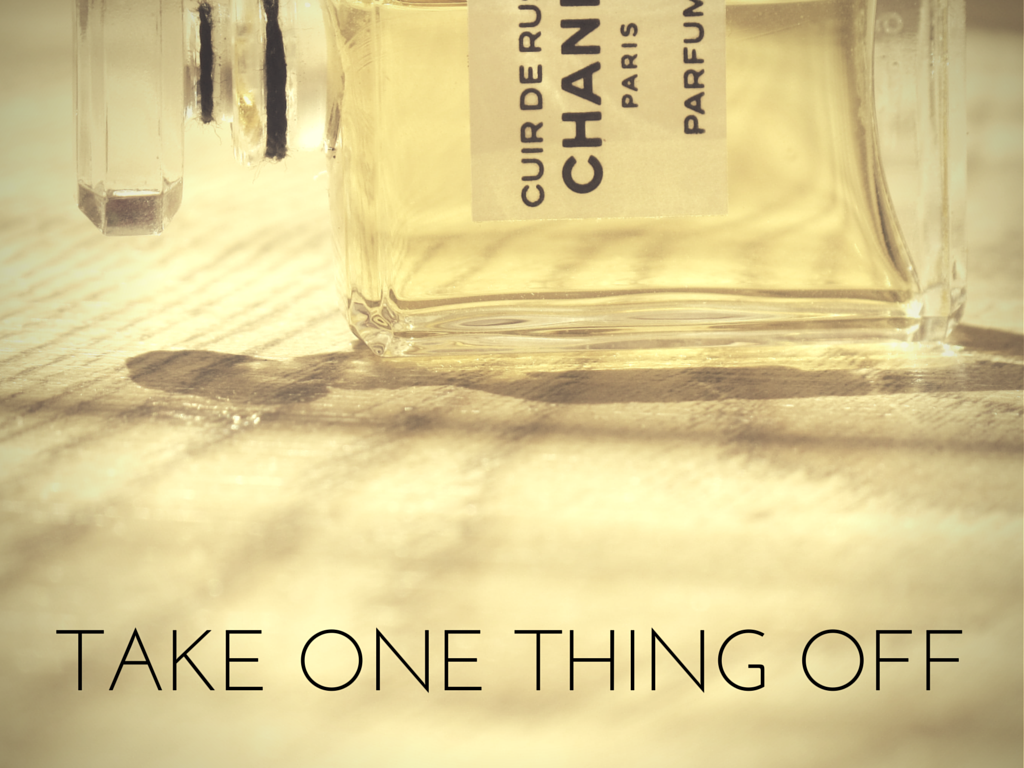I hated Slumberhouse Jeke the first time around, but Josh Lobb (of Slumberhouse) sent me a few generous samples of it with an order of Sova – and what can I say. I needs a bottle.
Not that a couple of 2ml samples wouldn’t do me for a full year, in all honesty. Jeke is massively strong and that hoary old saying “A dab will do ya” actually applies in full here. Actually, perhaps half a dab, because more might kill you.
Jeke is a huge, HUGE tobacco fragrance.
The opening notes are strangely boozy and sweet, like sticking your nose into a glass of single malt whiskey that has sugar around the rim. There is also something leathery and dirty (as in animalic) in the opening that I really liked, which I am putting down to the labdanum, which my nose tends to perceive in the opening, even if it has to yank it up all the way from the base.
Now, sweet burning tar and shitloads of smoke. Good God, I have a passion for phenols that would have surprised me when I first tested this. I love smoke and tar and ash and the nose-clearing oily fug of burning pine forests. I love Le Labo Patchouli 24, Cuir6 by Pekji, Arso by Profumum, Memoir Man by Amouage, and Black by Comme des Garcons. And I love Jeke – perhaps the biggest smoke monster of them all.
For much of its life, Jeke pours out this thick, never-ending stream of smoke that feels like being directly upwind of an out-of-control campfire. It smells like beef cooked to ashes on an open fire, and also like being stuck directly behind one of those maintenance vehicles pumping out hot tarmacadam onto the road.
To me, this is the type of smoke that references black rubber tires on fire rather than the smoke from lit tobacco. This is not the cherry-scented idea of tobacco you get in Chergui and Tobacco Vanille. Here and there through the smoke, I think I can catch glimpses of a plummy, fruity tobacco, but they are so brief that they do not provide my nose with much relief. Also, just when I think my nose has gotten a handle on the plummy tobacco leaves, someone whips them away from me, stuffs them into a pipe, lights it and blows smoke rings into my face. The smoke – you get the idea – overpowers every note that has potential to be distracting and brings you right back to the central accord. There is no relief.
If you are like me, an ex-smoker and miss the smell of smoke, you will love this. It is both sweet and acrid, like that.
If you were to take apart the smoke note and look at it in detail, you would see that the smoke is the black tar and rubber kind you get in Lapsang Souchang tea. In fact, if you have ever drunk this tea, it smells like this – only quieter. I do drink Lapsang Souchang tea myself, and I recognize how this tea accord was used to build the smoky black rubber smell in Bvlgari Black, which I have been wearing since my teenage years, but here the note has been pushed so far that it distorts the quiet smokiness of the tea and makes it quite ugly. Ugly-beautiful – just my kind of ugly, and my kind of beautiful.
After the smoky middle section, a sweetish amber and benzoin comes in to soften the deal. There is a deep vanilla note that I didn’t get the first time around, but now know to search for it. It forms the low, beating heart of the far dry-down. Sometimes I put it on at night and then wake up in a fug of oily, smoky vanilla. Pure heaven.
Before the vanilla arrives, though (I am getting ahead of myself here), there are hints of amber, resins, powder, wet hay, smooth leather and maybe, just maybe some more hints of those lovely, plummy tobacco leaves (unlit) that I thought I glimpsed in the heart. There is something fermented, comforting and “round” about the last part of the scent, and I enjoy it very much.
Older and wiser, I love this scent from top to bottom now, the ugly bits included.










